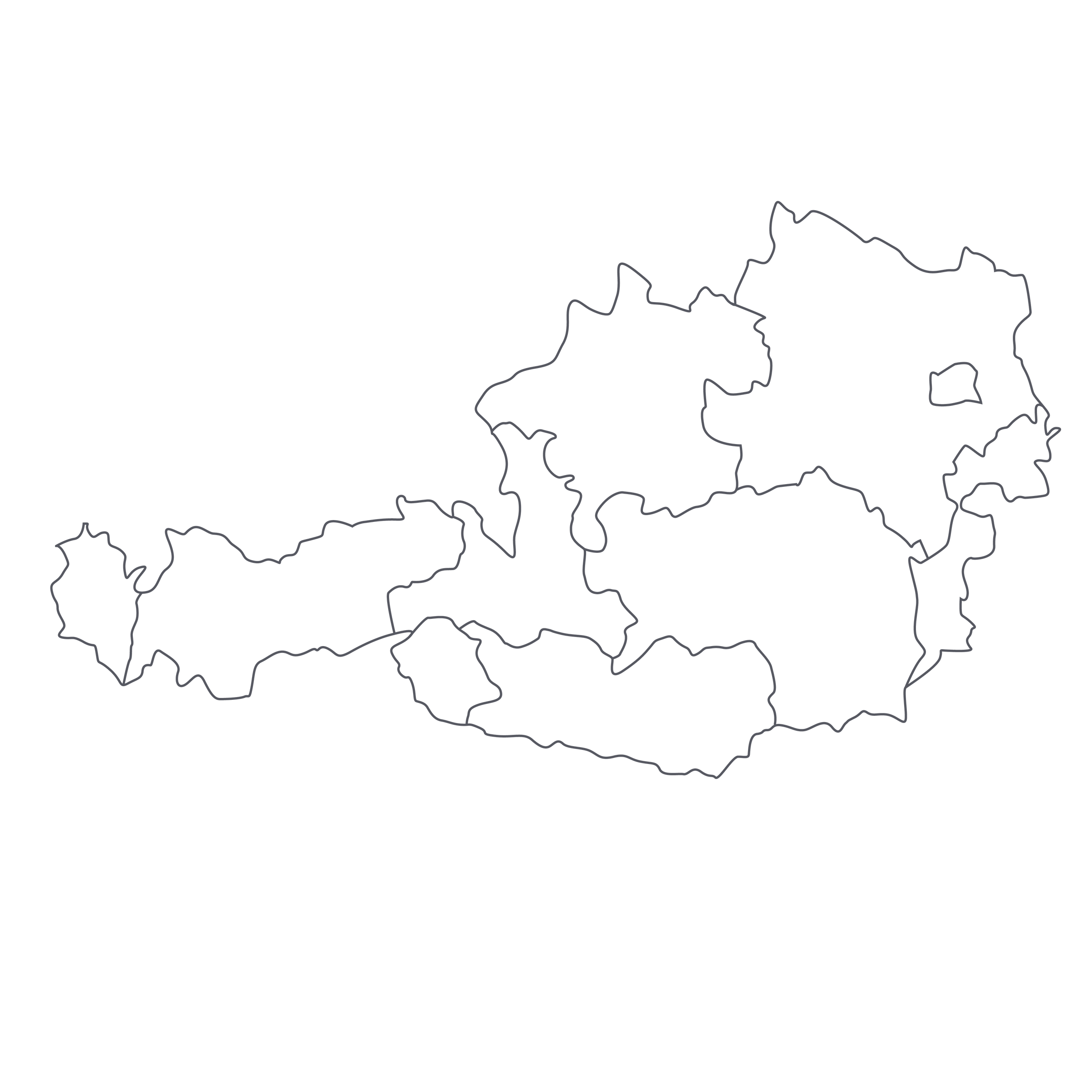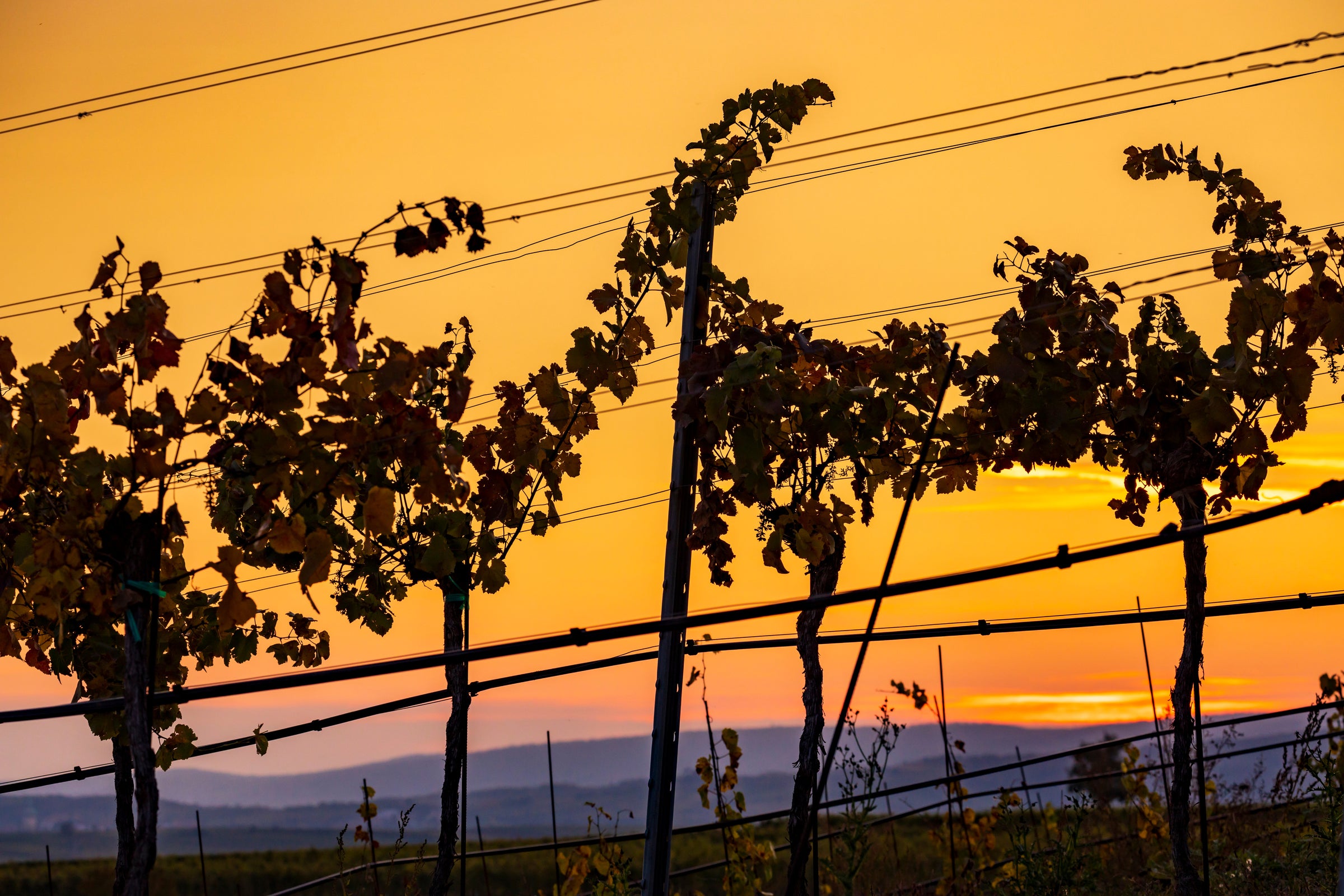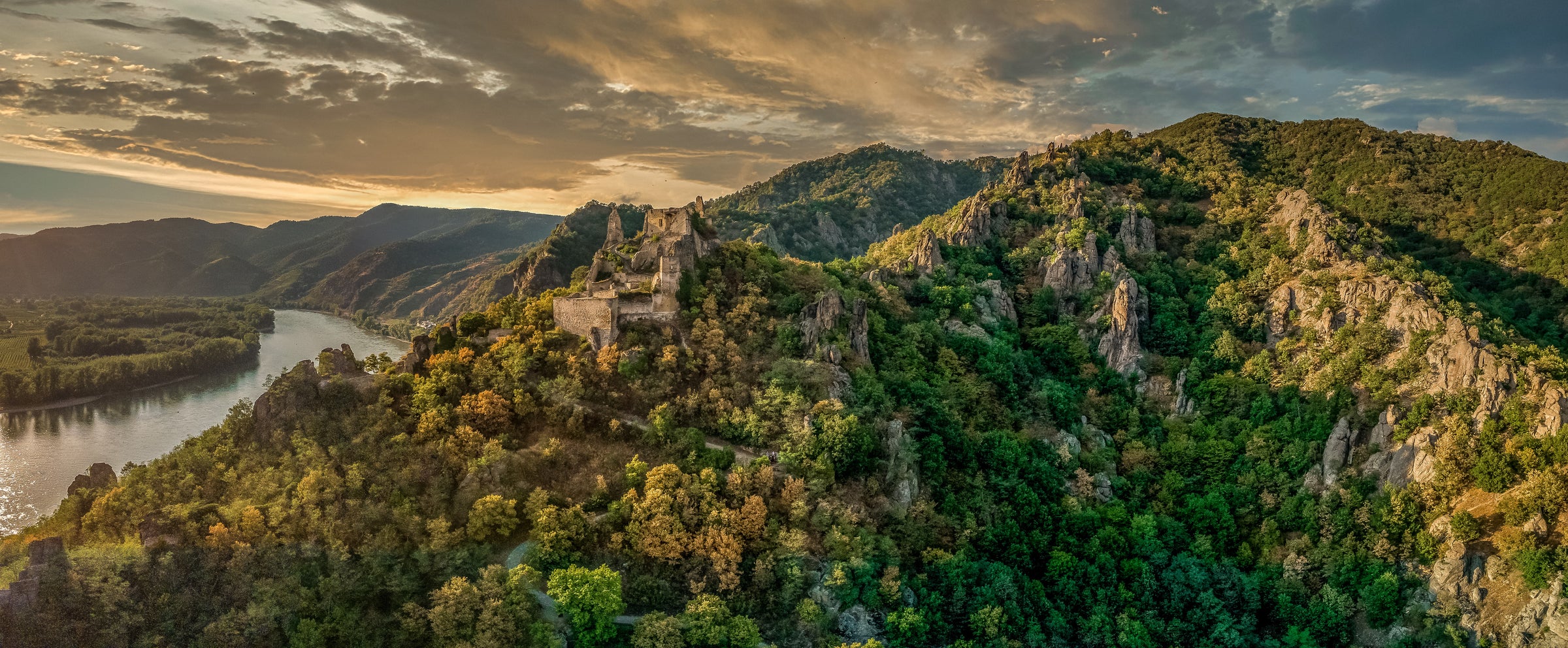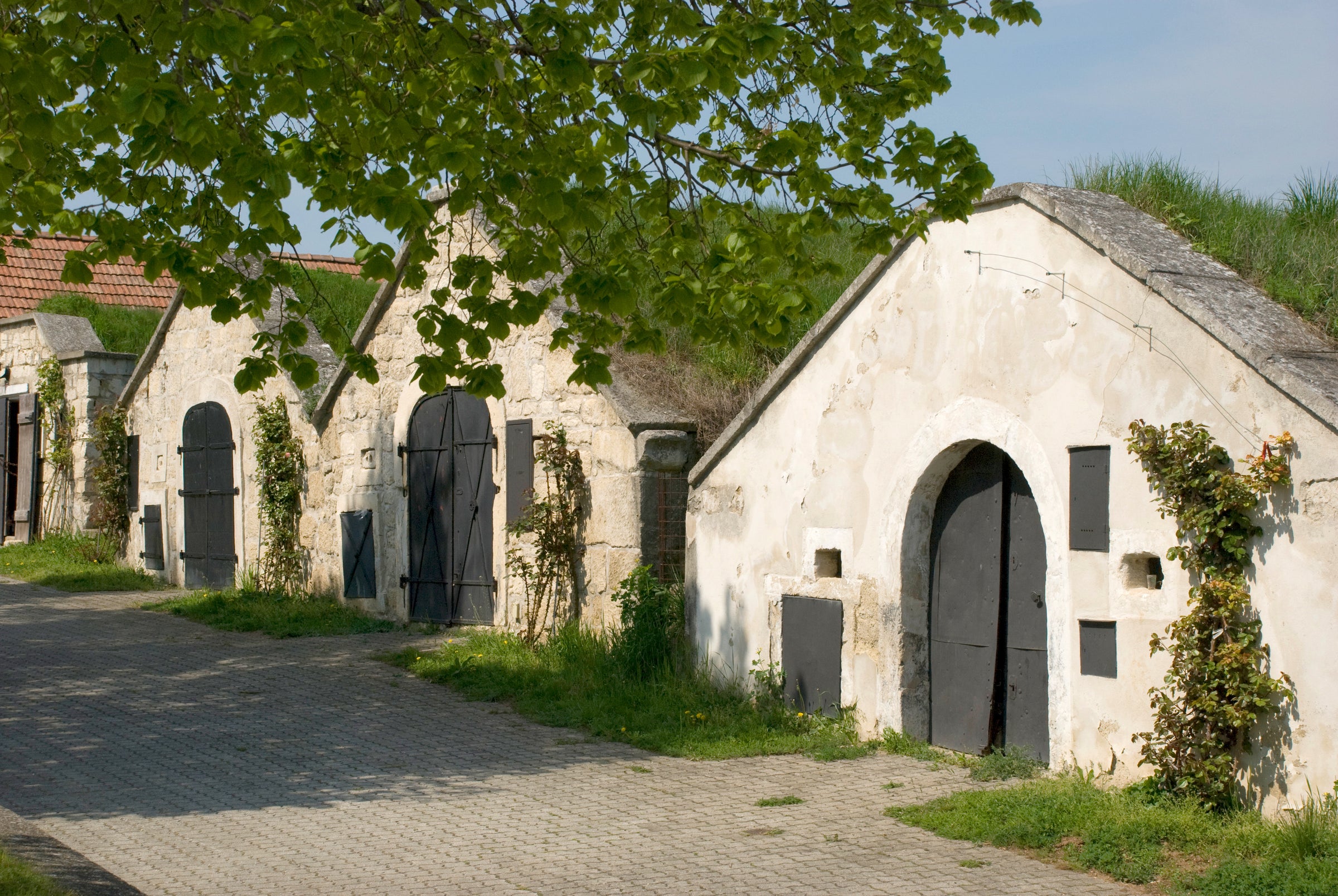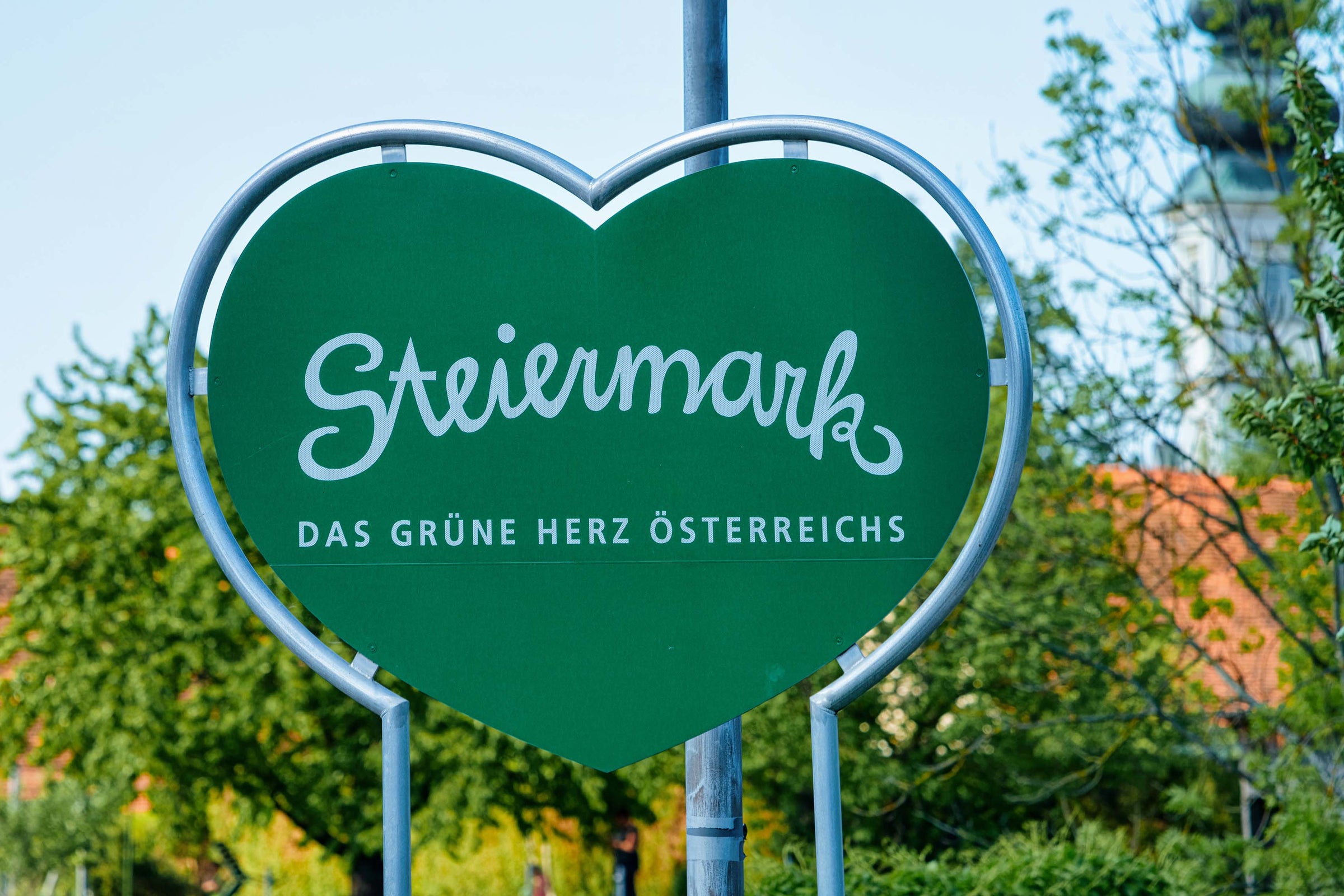If I saw this wine on a restaurant list (it made regular appearances on mine back in the day), it would jump off the page. That’s partly because I know Umathum and how reliably delicious the wines are, but even if I didn’t, I’d be drawn like a moth to flame to that Zweigelt lurking among the usual-suspect Chardonnays and Merlots. Why? Because the sommelier took a slot away from an easier wine to sell to champion something unfamiliar—and to do that successfully, the wine needs to deliver.
Here at SommSelect, we’ve been giving more and more airtime to red wines from Germany and Austria—not just some of the best Pinot Noir values on the market right now but other reds from native grapes like Blaufränkisch, Sankt Laurent, and today’s Zweigelt. There’s a wild-berry fruit component, and a crushed-rock minerality, to this red that reminds me a little bit of Cru Beaujolais, and a tiny bit of the violet-scented Syrahs of the Northern Rhône, but really, the whole point of this wine is that it is its own thing: A classic red wine of place that simply doesn’t have as much international exposure as those others. Josef “Pepi” Umathum is, in fact, one of Austria’s great red wine specialists, crafting impeccably pure, biodynamic expressions of Zweigelt and the other inimitable reds of the Burgenland region. And I’d argue that it’s wines like this—not the ultra-expensive trophies—that get sommeliers the most excited about their work. Get some for your by-the-glass list at home!
As noted above, Umathum’s production is predominantly red wine (85%) grown in the rolling hills around Lake Neusiedl, a subzone of the broader Burgenland DAC. Called Neusiedlersee, this subzone is at Burgenland’s northern end, not far from Austria’s border with Hungary. It is considered Austria’s premier red-wine growing zone, effectively part of the broader Pannonian plain, with hot, dry conditions in the summer and relatively mild winters. Soils are predominantly sandy loam with some gravel and silt, and in addition to red wines, the Neusiedlersee is a source of some of the world’s best botrytis-affected sweet wines.
Zweigelt (a.k.a. Rotburger) is now the most-planted red grape variety in the region, having been created from a cross of Blaufränkisch and Sankt Laurent (the latter thought to share parentage with Pinot Noir). It typically produces reds with a very deep, ruby-purple cast, which, if assessed on appearance alone, might lead you to believe the wine is going to be intense and full-bodied. In fact, color notwithstanding, the wines are reliably bright, buoyant, floral, and fruity, with lip-smacking freshness but soft, barely perceptible tannins. Today’s 2017 is a textbook example: juicy and joyful, low in alcohol, and underpinned with palpable minerality.
Josef Umathum applies organic and biodynamic principles in farming his 60 hectares of vines, which are situated on the north and east sides of Lake Neusiedl. Today’s wine is his ‘entry-level’ Zweigelt bottling, sourced from gravelly soils and aged in large Austrian oak casks before bottling. It then spent additional time aging in bottle before release. Sealed with a glass capsule and exceedingly fresh and pure, this is straight-up deliciousness for near-term drinking: Pour a glass of this inky red and soak in the aromas of dark black and purple woodland berries, violets, black pepper, juniper, and crushed stones. The texture is at once pleasingly plump and refreshingly tangy, melding fruit and mineral sensations seamlessly. When natural wine advocates talk about a wine being “alive,” this is very much what they’re referring to: Pop off the capsule about 15 minutes before serving this in Bordeaux stems at 60 degrees and enjoy it with a good old-fashioned mixed grill of sausages, ribs, chops, etc. This is prime “house wine” material, so consider stocking up. Cheers!


